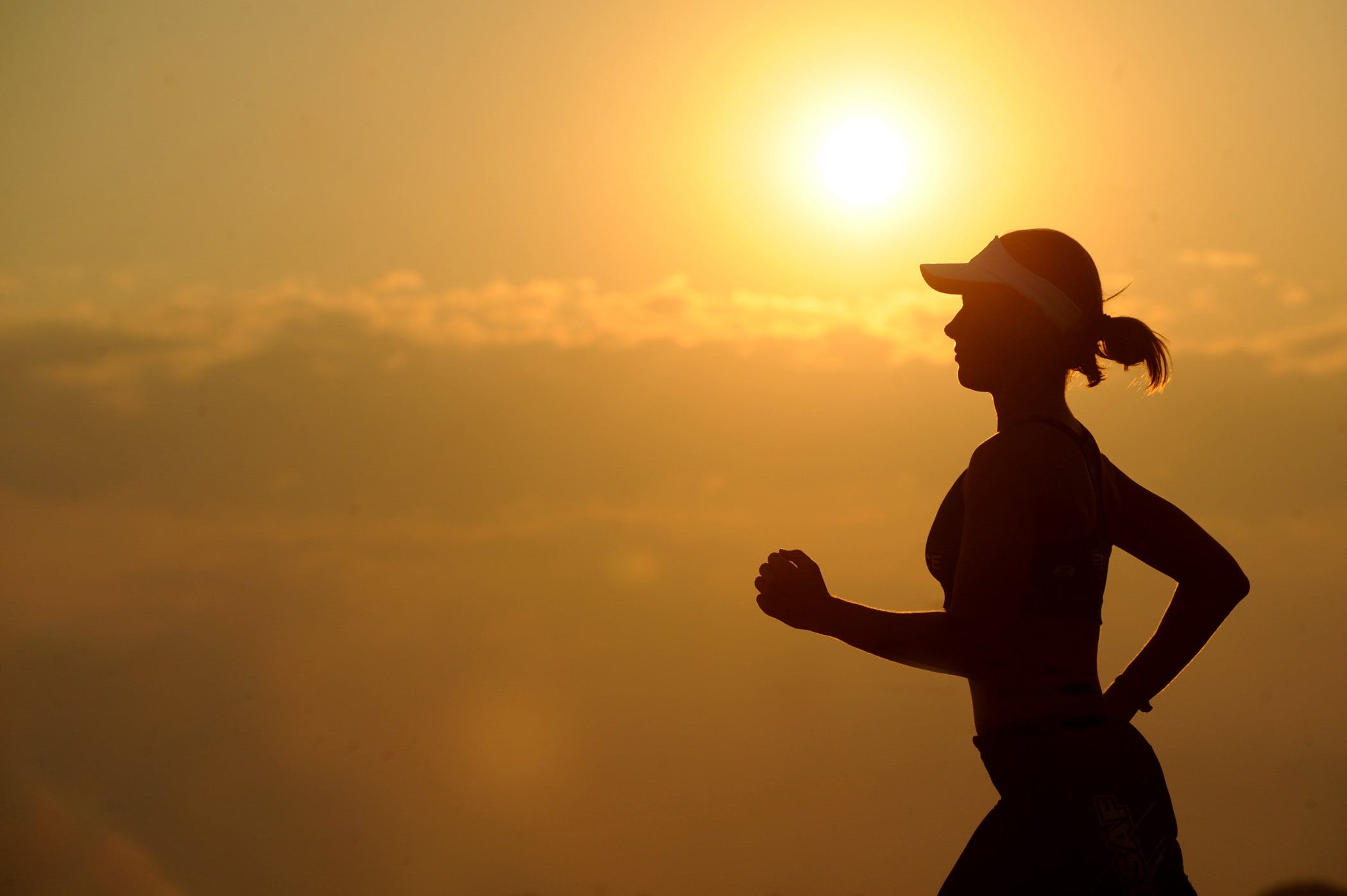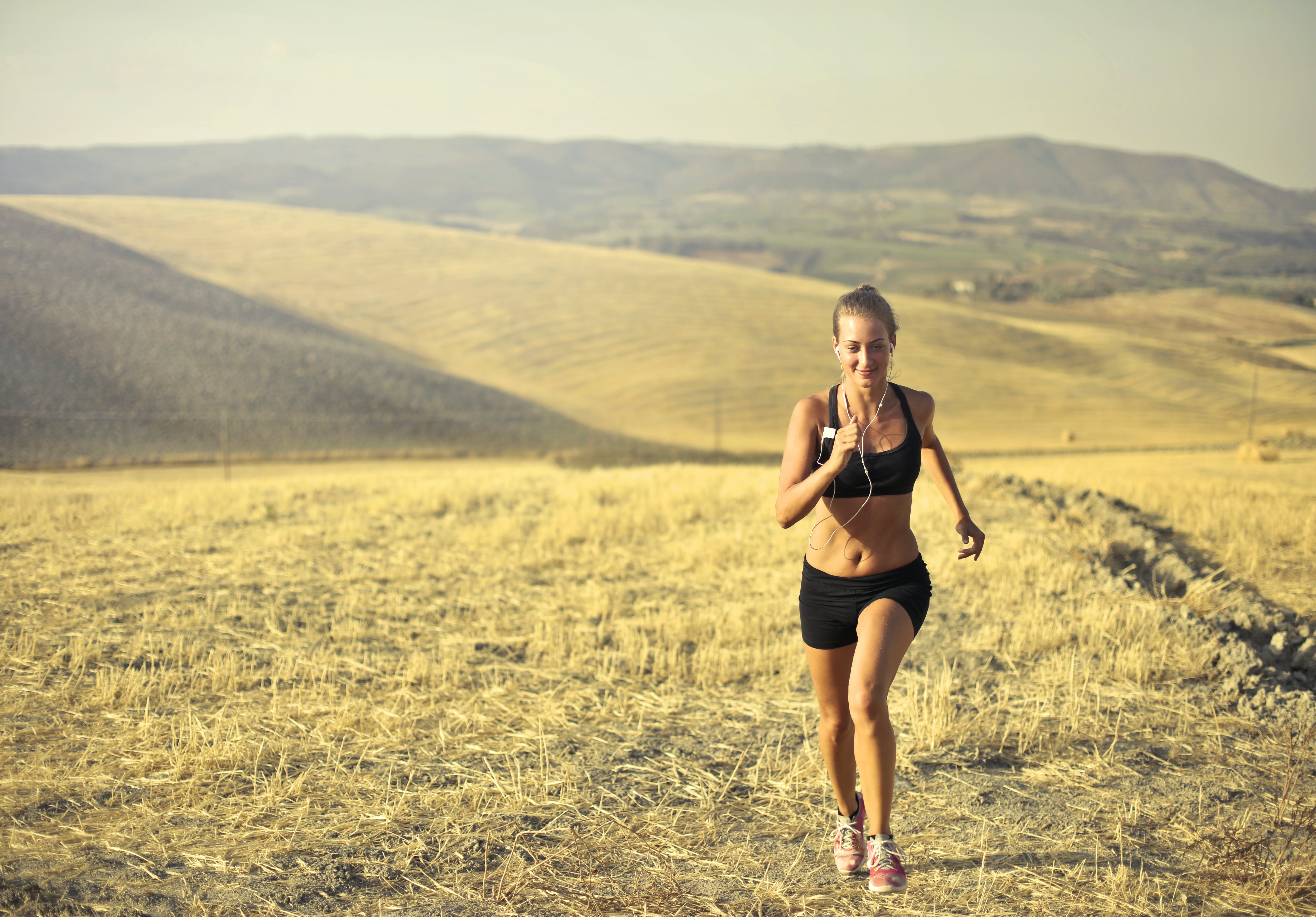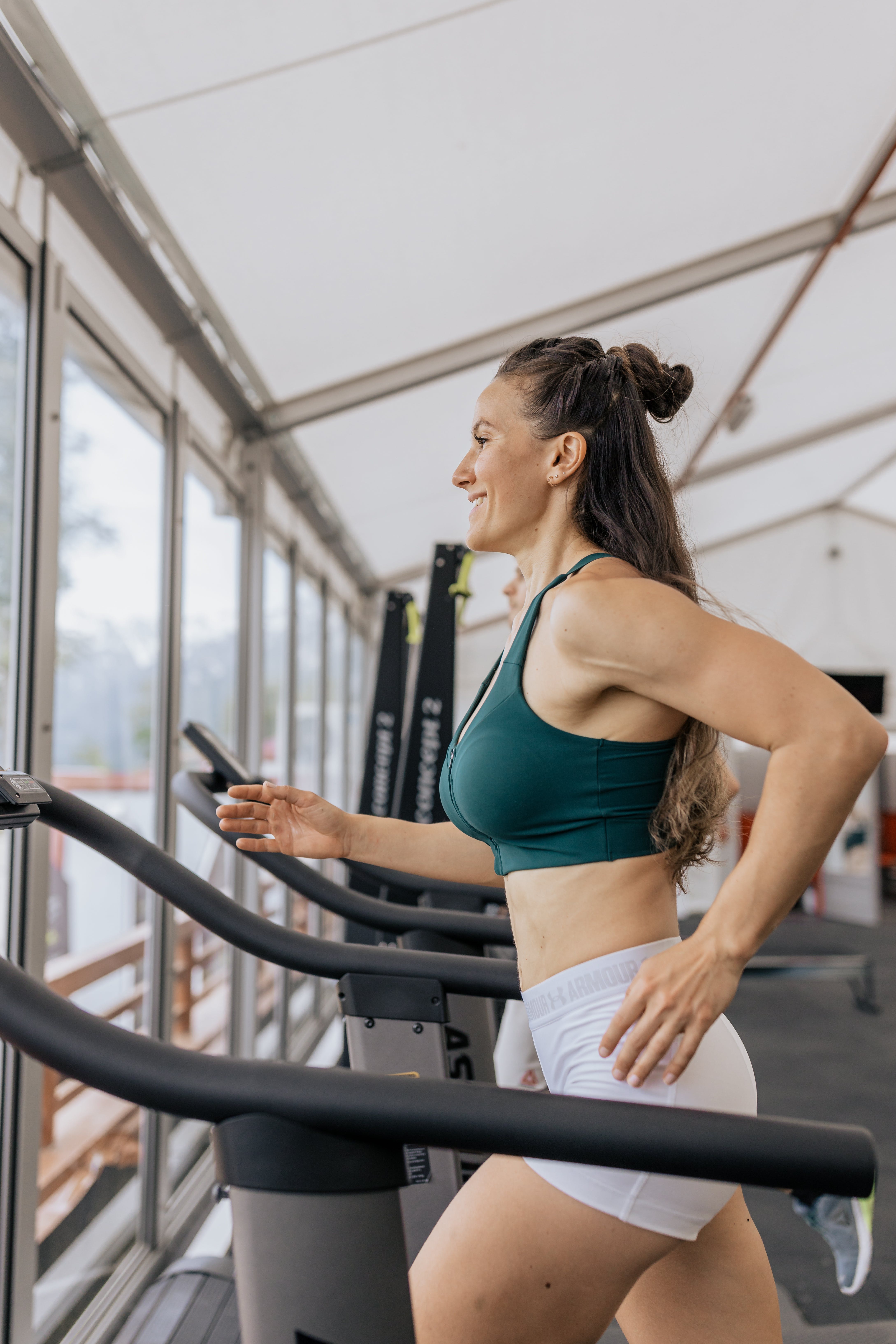When it comes to running, every detail matters—right down to the socks you choose. While often overlooked, the right running socks can make a significant difference in your comfort and performance. This article is dedicated to helping you discover how to choose the right running socks for your feet, ensuring you optimize every step of your journey.
Running socks are specially designed to provide support, reduce friction, and wick away moisture, all of which are crucial for preventing blisters and other discomforts. They come in various materials, thicknesses, and lengths, each suited to different types of runs and personal preferences. Whether you’re a seasoned marathoner or just starting your running adventure, understanding the nuances of running socks can elevate your experience.
From cushioning to fit, each aspect of a running sock plays a role in how well you perform and how comfortable you feel during your run. By the end of this guide, you’ll be equipped with the knowledge to make an informed choice. Embrace the joy of running and take the first step towards fitness freedom with the right pair of socks.
Visit our website to learn more and get started today! Click here.
Importance of Choosing the Right Socks

Choosing the right running socks is not merely a matter of comfort but also a crucial element in preventing injuries and enhancing performance. The importance of this choice cannot be understated, as the right socks provide support, reduce friction, and help manage moisture, all of which are essential for a successful and enjoyable run.
Support: Proper running socks offer support to your arch, heel, and the ball of your foot. This support helps in maintaining the natural alignment of your feet, reducing the risk of injuries such as plantar fasciitis and shin splints.
Friction Reduction: Running generates heat and friction, which can lead to blisters and hotspots. The right socks are designed to minimize these issues with seamless construction and specific padding, ensuring that your feet stay protected throughout your run.
Moisture Management: Sweaty feet are not only uncomfortable but can also cause blisters and fungal infections. High-quality running socks are made from moisture-wicking materials that draw sweat away from your skin, keeping your feet dry and comfortable.
By understanding the importance of choosing the right socks, you can make an informed decision that will keep your feet healthy and your runs enjoyable. Investing in a good pair of running socks is a small step that can lead to big improvements in your overall running experience.
Best Materials for Running Socks

When it comes to running socks, the material plays a pivotal role in ensuring comfort, durability, and performance. Different materials offer various benefits, and understanding these can help you choose the right pair for your needs.
Synthetic Fibers: Materials such as polyester, nylon, and acrylic are popular in running socks due to their excellent moisture-wicking capabilities. They efficiently draw sweat away from your skin, keeping your feet dry and reducing the risk of blisters. Additionally, synthetic fibers are durable and maintain their shape even after multiple washes.
Merino Wool: Known for its natural moisture-wicking and temperature-regulating properties, merino wool is an excellent choice for running socks. It keeps your feet warm in cold weather and cool in hot weather, making it ideal for runners who face varying climates. Moreover, merino wool is naturally odor-resistant, which helps keep your feet fresh.
Bamboo: Bamboo fibers are becoming increasingly popular in running socks due to their softness and eco-friendly nature. Bamboo is naturally moisture-wicking and has antibacterial properties, which help in preventing odor and infections. Its breathability ensures that your feet remain comfortable during long runs.
Blends: Many high-quality running socks are made from a blend of these materials to combine their benefits. For instance, a blend of merino wool and synthetic fibers can offer the moisture-wicking properties of synthetics with the temperature regulation of wool.
Choosing the best material for your running socks depends on your personal preferences and the conditions you run in. By selecting the right material, you can enhance your comfort and performance, making each run more enjoyable.
Determining the Right Fit

Finding the perfect fit for your running socks is crucial for optimal performance and comfort. A well-fitted sock can prevent blisters, provide adequate support, and enhance your overall running experience. Here are key factors to consider when determining the right fit:
Size: Most running socks come in a range of sizes, typically small, medium, large, and extra-large. It’s important to refer to the sizing chart provided by the manufacturer. A sock that is too tight can constrict your foot and cause discomfort, while one that is too loose can bunch up and lead to blisters. Make sure the sock fits snugly without being overly restrictive.
Arch Support: Look for running socks that offer built-in arch support. This feature helps to alleviate pressure on the arch of your foot, providing stability and reducing the risk of injuries. Compression around the arch area can also enhance blood circulation, contributing to better performance and quicker recovery.
Heel and Toe Fit: The heel and toe areas are critical for a good fit. Ensure that the heel cup of the sock aligns well with your heel, preventing it from slipping during your run. Similarly, the toe box should offer enough room for your toes to move comfortably without feeling cramped. Some socks come with reinforced toe and heel areas for added durability and protection.
Compression: Compression socks are designed to improve blood flow and reduce muscle fatigue. They come in various levels of compression, from mild to strong. If you opt for compression socks, make sure they provide uniform pressure without being too tight. Graduated compression, which is tighter at the ankle and gradually decreases up the leg, is often recommended for runners.
By paying attention to these factors, you can find the right fit for your running socks, ensuring that your feet remain comfortable and supported throughout your run. Remember, the right fit can make a significant difference in your running performance and overall foot health.
Understanding Sock Cushioning
When it comes to running socks, cushioning plays a vital role in providing comfort and protection for your feet. The right amount of cushioning can help absorb impact, reduce friction, and prevent blisters. Here’s what you need to know about different levels of sock cushioning:
Light Cushioning: Socks with light cushioning are ideal for runners who prefer a more minimalistic feel. These socks offer just enough padding to protect your feet from abrasion without adding bulk. Lightly cushioned socks are great for short-distance runs, speed training, or races where you want to feel more connected to the ground.
Medium Cushioning: Medium cushioning provides a balanced level of comfort and support. These socks offer more padding than light-cushioned ones, making them suitable for longer runs or for runners who need a bit more shock absorption. They help to protect your feet from impact while still maintaining a relatively lightweight feel.
Heavy Cushioning: For maximum comfort and protection, heavy-cushioned socks are the way to go. These socks feature thick padding, which is excellent for absorbing impact and reducing stress on your feet during long-distance runs or trail running. However, they can be bulkier and might not be the best choice for those who prefer a lightweight feel.
Targeted Cushioning: Some running socks come with targeted cushioning, meaning padding is strategically placed in specific areas such as the heel, toe, or ball of the foot. This design aims to provide extra protection and support where it’s needed most, without adding unnecessary bulk to other parts of the sock.
Choosing the right level of cushioning depends on your personal preference, the type of running you do, and the conditions you run in. Whether you prefer a minimalistic feel or need extra padding for long-distance runs, understanding the different levels of sock cushioning can help you make an informed decision and enhance your running experience.
Additional Tips for Choosing Running Socks

Beyond material, fit, and cushioning, there are several other factors to consider when selecting the perfect running socks. Here are some additional tips to ensure your feet stay comfortable and blister-free during your runs:
Seamless Design: Look for running socks with a seamless design, especially around the toe area. Seams can cause friction and lead to blisters, so seamless socks are a great way to enhance comfort and prevent irritation.
Arch Support: Some running socks include built-in arch support, which can provide additional stability and reduce fatigue, especially during longer runs. If you have high arches or experience discomfort in your arches, this feature can be particularly beneficial.
Compression: Compression socks help improve blood flow and reduce muscle vibration, which can enhance performance and aid in recovery. They are available in various levels of compression, so choose one that feels comfortable and supportive without being too tight.
Moisture-Wicking: Opt for socks made from moisture-wicking materials, such as synthetics or merino wool. These materials help keep your feet dry by drawing sweat away from the skin, reducing the risk of blisters and fungal infections.
Weather Conditions: Consider the weather conditions you’ll be running in. For hot weather, choose thin, breathable socks to keep your feet cool. In colder conditions, thicker, thermal socks can help keep your feet warm and comfortable.
Reflective Elements: If you run in low-light conditions, socks with reflective elements can improve your visibility and safety. Look for socks with built-in reflective strips or patterns to enhance your presence on the road.
Choosing the right running socks involves more than just picking the first pair you see. By considering factors like seamless design, arch support, compression, moisture-wicking materials, and weather-appropriate options, you can find the perfect pair to complement your running routine. Visit our website to learn more and get started today! Click here.


